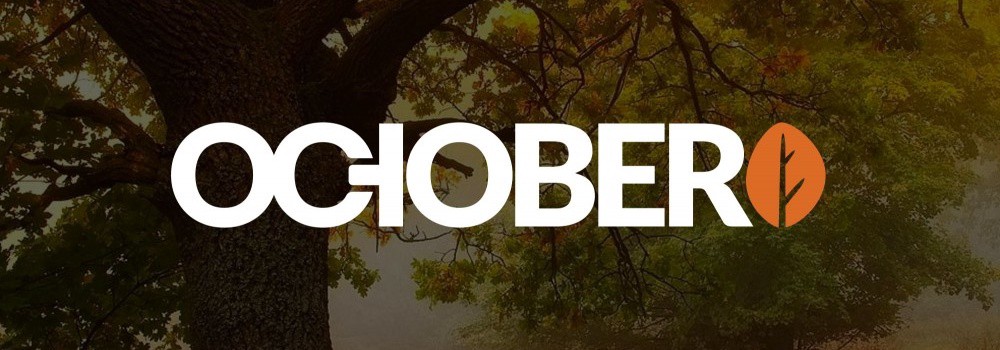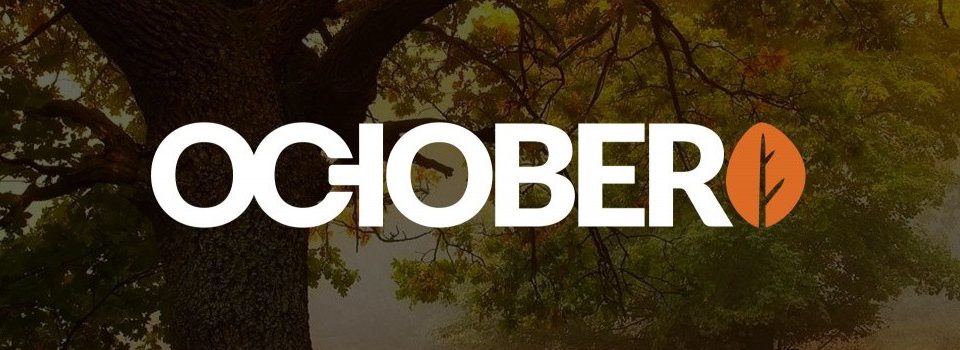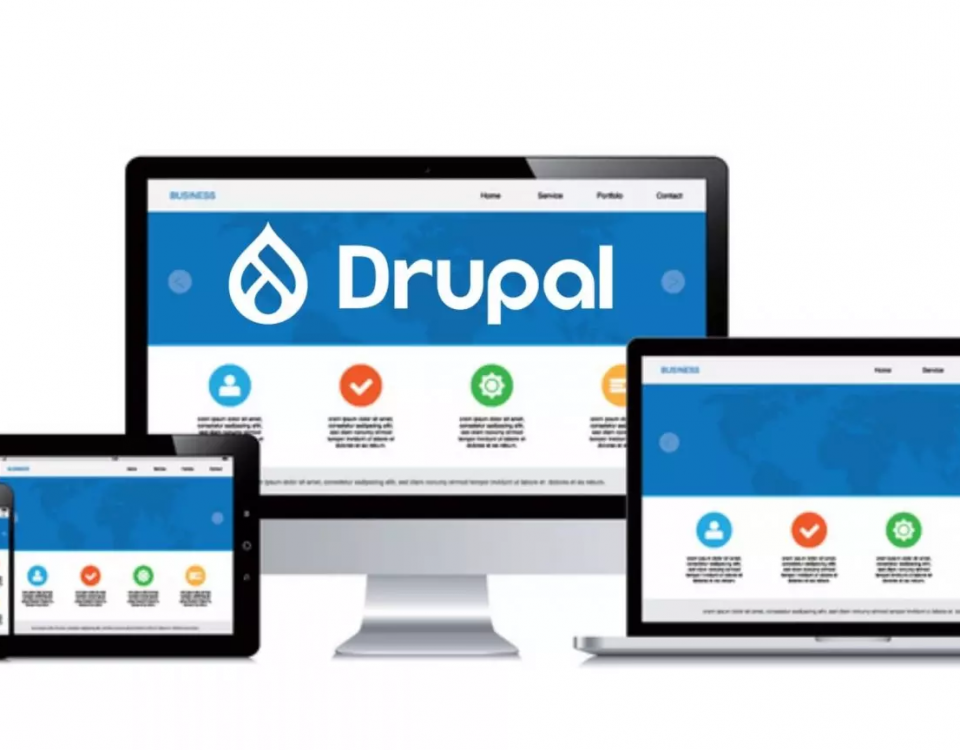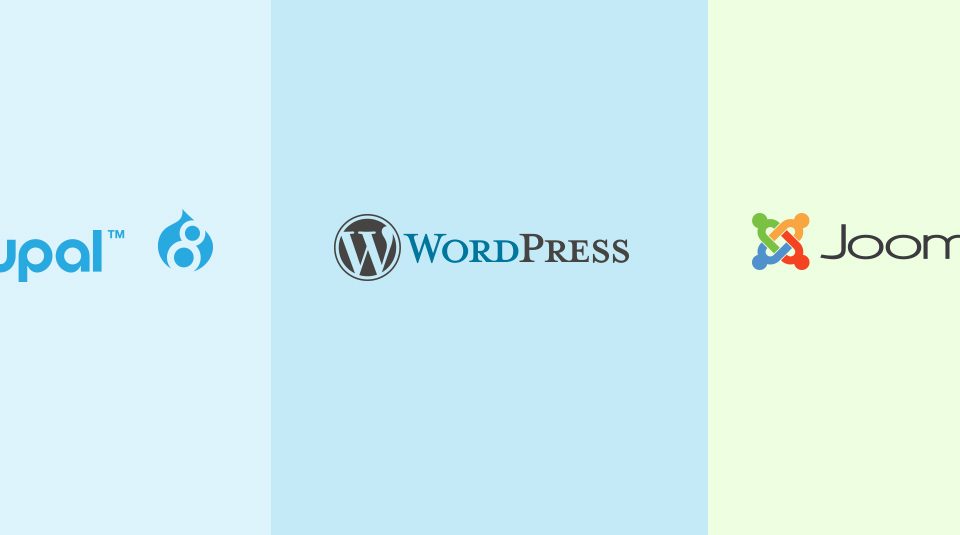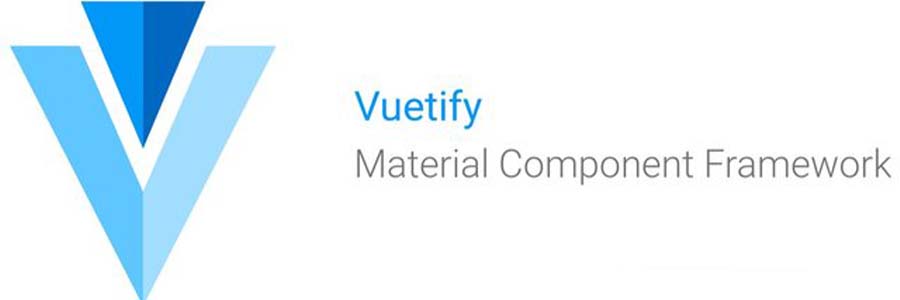
What is Vuetify?
25th May 2021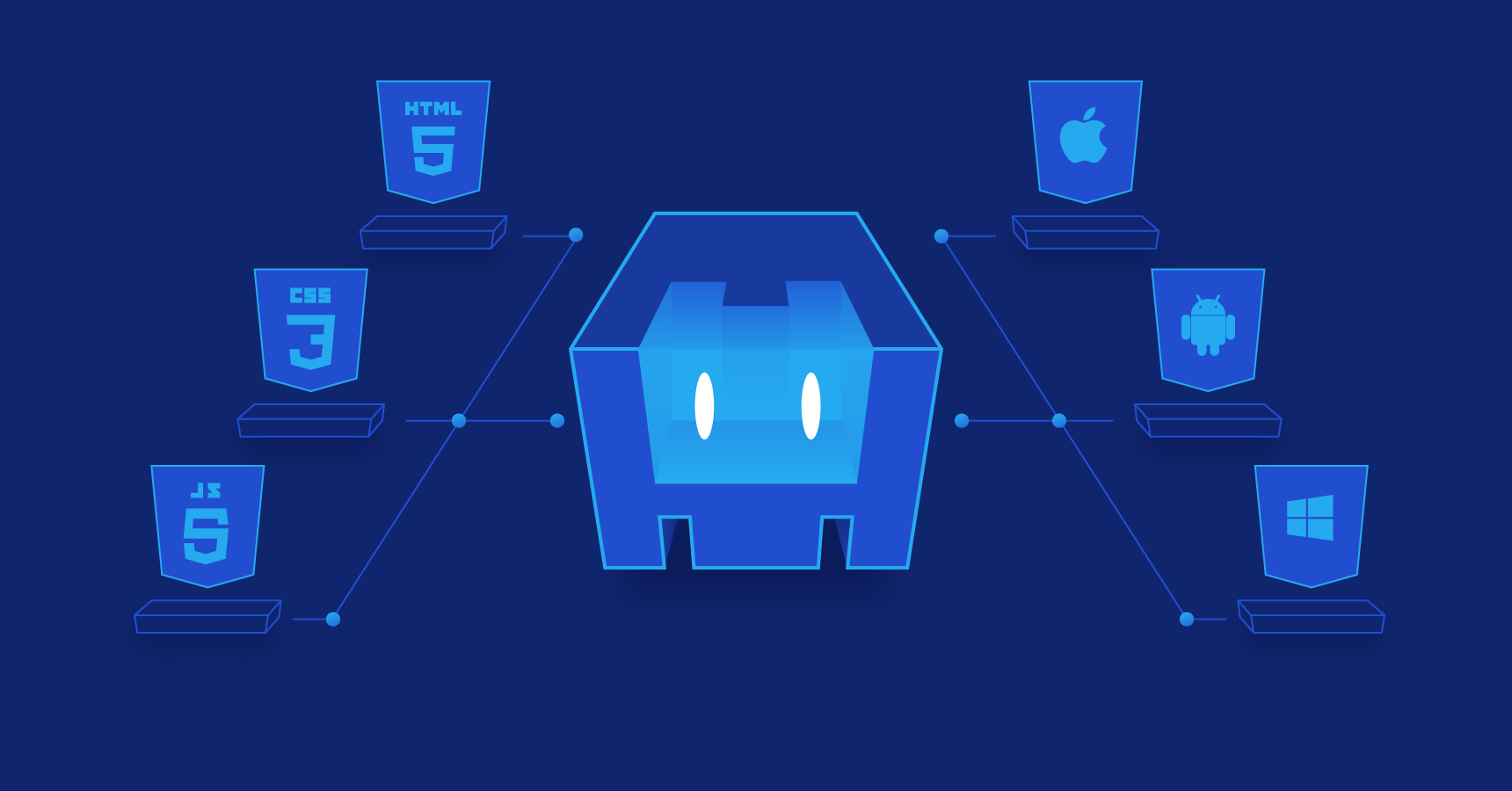
What is Cordova
31st May 2021What is CMS?
A content management system manages the creation and modification of digital content. It typically supports multiple users in a collaborative environment. CMS features vary widely. Most CMSs include Web-based publishing, format management, history editing and version control, indexing, search, and retrieval.
Example of CMS are:
October(The platform that gets back to basics) is a free, open-source, self-hosted CMS platform based on the Laravel PHP Framework. A simple and modular CMS that grows with you, with a precise and beautiful interface that comes as second nature.
The Creator of October CMS are Alexey Bobkov and Samuel Georges, a dual-skilled duo in programming and UX design from Canada and Australia.
Albert Einstein quote that expresses October CMS philosophy is:
“Everything should be made as simple as possible, but not simpler”.
The initial release was on May 15, 2014; 4 years ago.
Why we have to use October CMS?
Xpertlab – Website Designing and Development Company Junagadh
- Simplistic — October CMS has just enough features to make you happy. It isn’t bloated with features you don’t need.
- Modern — October uses all the newest features of the PHP language and is based on the Laravel framework.
- Universal — You can perform different tasks with October — from simple websites to complex web applications.
- Extensible — You can extend October with plugins. Plugins integrate seamlessly with the platform.
- Reliable — The October core is reliable and won’t break your application or website theme after a software update.
- Easy to learn — Using October doesn’t have a steep learning curve and grows with you. It is intuitive and self-explanatory.
- Saves time — October is a productivity platform, it saves your most valuable resource with helpful tools and a vast collection of plugins.
- Fun to Use — Using Inspector, the universal Dashboard, the CMS area, flexible forms — everything will make you smile.
- Made for people — The platform is made for real people who need to solve real problems quickly and elegantly.
- For any team — Working with October compliments your usual workflow, easily manages changes and deploy updates with Git or SVN.
Xpertlab – Website Designing and Development Company Junagadh
Features of October CMS:
1) October is a transparent layer between your creativity and the final result
October doesn’t impose any restrictions on the website page structure, HTML or CSS markup. There is not much difference between writing your markup in a text editor or in the October administration area, in the end you will get the same final markup in the browser.
2) Simple modern template engine
Twig is a simple template language, created specifically for web designers. It won’t slow you down and it automatically takes care of escaping and other tedious tasks.
3) Best tools from the PHP world
October is built on Laravel, the best existing PHP framework. The framework includes all of the tools and classes that are necessary for building quality websites and applications. October adds even more power to Laravel with a collection of simple and flexible features.
4) Page components
Components are building blocks for Pages. Just add a component to the Page to add new functionality and configure it with the Inspector. Inspector is a visual tool for managing component properties
5) Extensible platform
Extend the platform with Plugins that seamlessly integrate with October’s back-end and front-end. Plugin classes are very simple, you just describe the Plugin and register the features that you want.
6) Easy administrative interfaces
Effortlessly create back-end interfaces for your plugins. Back-end pages require minimal PHP coding and use simple configuration files. The power and flexibility is hidden behind a mask of simplicity!
7) Simple AJAX framework
The AJAX framework lets you easily bind an AJAX request to a form or a button. These requests can be handled by components or by your own code in the Page or Layout.
8) Quick scaffolding
With the free Builder plugin you can create a fully functional plugin scaffold in a matter of minutes. Builder can manage the plugin’s database structure, create back-end user interface and do much more without breaking your usual development workflow.
9) File-based templates
CMS pages, layouts and partials are just files, one file per template. This makes the website themes completely manageable with Content Version Systems like Git or SVN.
10) Built-in asset combiner
CSS and JavaScript assets can be combined and minified with just a single tag in your CMS templates. Combined assets reduce the pages loading time and your server traffic.
11) Manage the website without programming
Non-technical users can manage page contents with the WYSIWYG editor, manage images, videos and other files, and even edit website menus with a simple visual interface.
12) CDN support and image cropping
The most demanded features like the CDN support, image cropping and file management user interface are available out of the box and are elegantly integrated into the platform. They are so easy to use that they require little to no explanation.
13) Simple, powerful and reliable
With page snippets, the complexity of coding is hidden out of sight, but you still can create powerful tools that are easily configurable even by non-technical users.
14) Translatable contents
With the free Translate plugin, you can easily translate content to different languages. The translatability is supported out of the box for most plugins and data types. The back-end is translated into 20 languages thanks to our worldwide community.
Minimum system requirements:
Xpertlab – Website Designing and Development Company Junagadh
October CMS has some server requirements for web hosting:
- PHP version 5.5.9 or higher
- PDO PHP Extension
- cURL PHP Extension
- OpenSSL PHP Extension
- Mbstring PHP Library
- ZipArchive PHP Library
- GD PHP Library
Installation:
The wizard installation is a recommended way to install October. It is simpler than the command-line installation and doesn’t require any special skills.
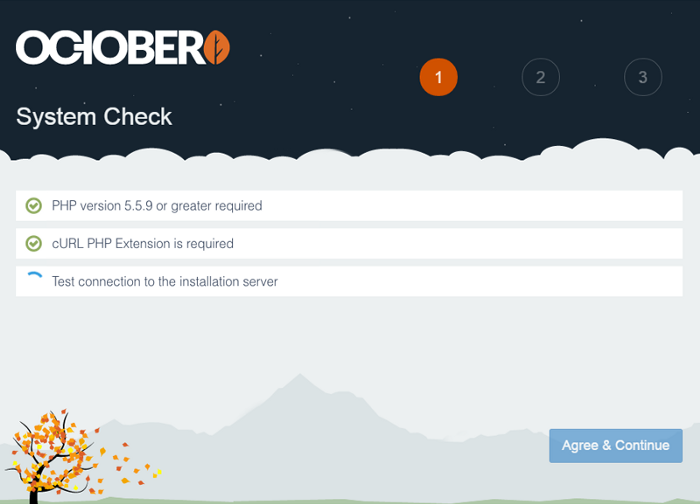
- Prepare a directory on your server that is empty. It can be a sub-directory, domain root or a sub-domain.
- Download the installer archive file or clone the repo from GitHub.
- Unpack the installer archive to the prepared directory.
- Grant writing permissions on the installation directory and all its subdirectories and files.
- Navigate to the install.php script in your web browser.
- Follow the installation instructions.


